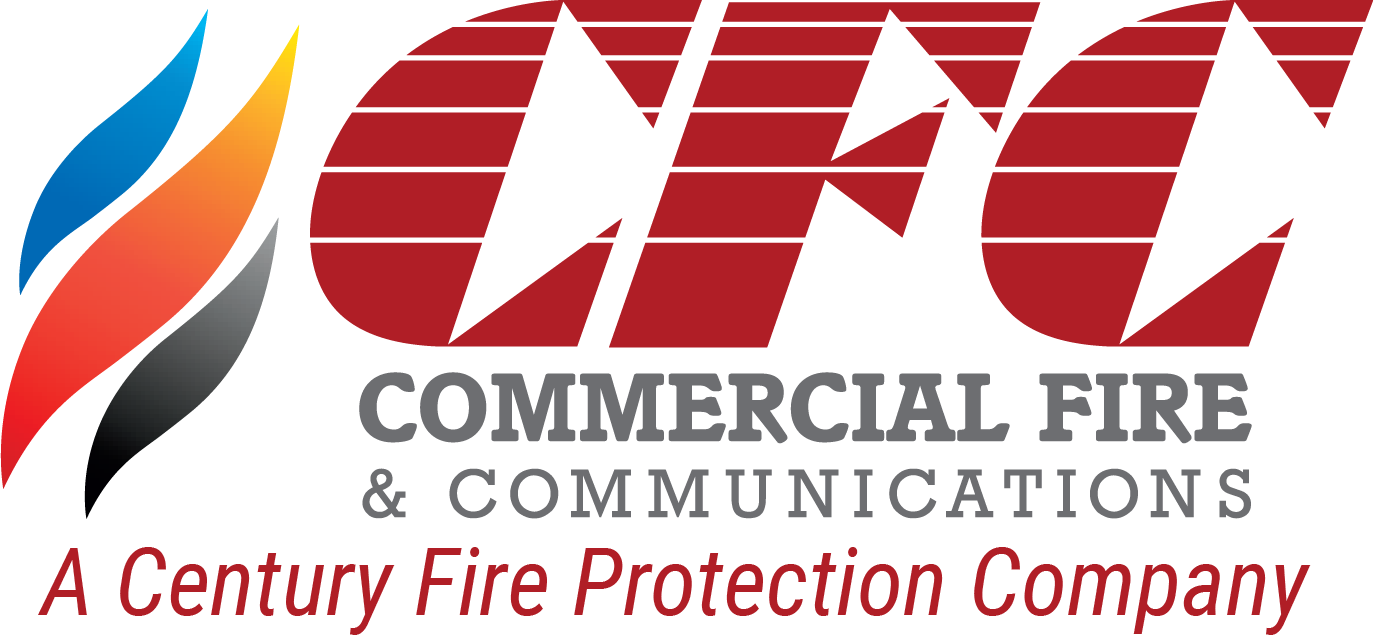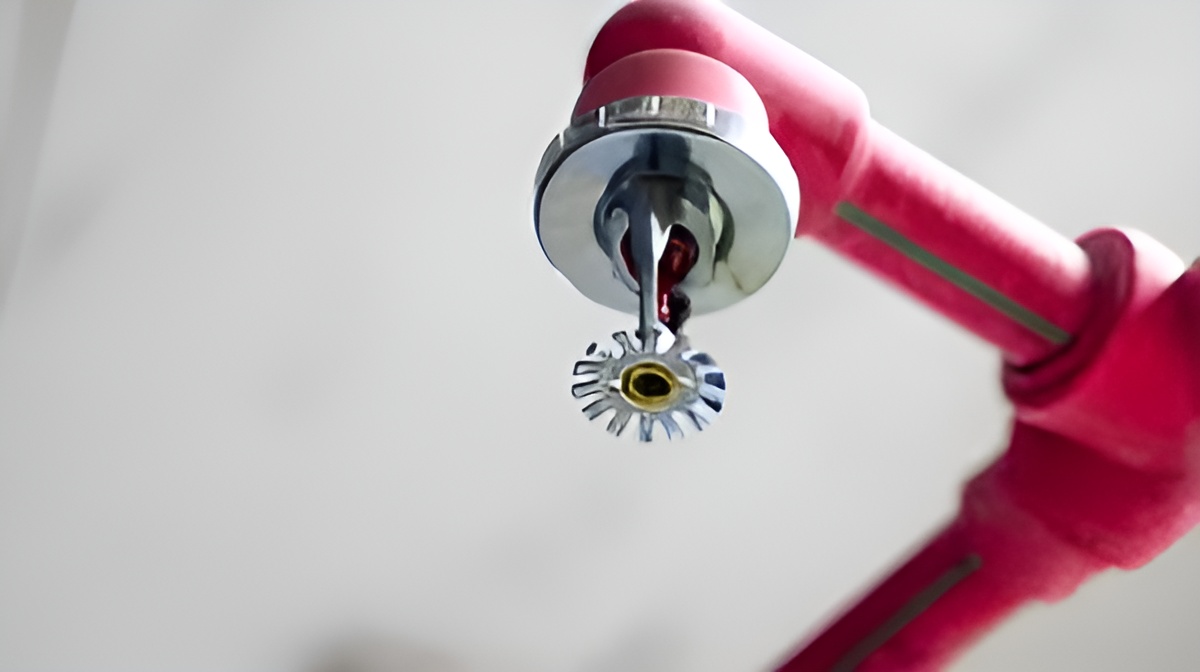At CFC, our commitment to fire safety extends beyond installation and maintenance – we believe in educating our clients about their systems. A key aspect of this is understanding common causes of fire sprinkler system failures. By being aware of these causes, building owners and managers can take proactive steps to ensure their systems are reliable and functional when needed most.
Common Causes of Fire Sprinkler System Failure
Physical Damage
One of the most straightforward causes of fire sprinkler failure is physical damage. This can occur during routine maintenance, construction, or even due to accidental impacts. For example, a forklift moving in a warehouse might inadvertently strike a sprinkler head or piping. Such incidents can cause leaks or impair the system’s ability to function correctly in an emergency.
Prevention Tip: Regular inspections can help identify any physical damage early. It’s also crucial to educate staff and contractors about the importance of avoiding impacts with sprinkler heads and piping.
Corrosion
Corrosion is a less visible but equally damaging threat to fire sprinkler systems. It occurs when metal parts of the system, particularly steel pipes, react with moisture and oxygen, leading to rust and degradation. Over time, corrosion can weaken the sprinkler system, leading to leaks or blockages that impair its function.
Prevention Tip: Regular maintenance and inspections are key to detecting early signs of corrosion. In areas with high humidity or corrosive atmospheres, more frequent checks may be necessary. Using corrosion-resistant materials can also be a preventative measure.
Freezing Pipes
In colder climates, the water in fire sprinkler pipes can freeze, expand, and burst the pipes. This not only damages the system but also renders it inoperable.
Frozen pipes are a particular concern in unheated areas of buildings or where insulation is inadequate.
Prevention Tip: Insulating pipes and maintaining a minimum ambient temperature in the building are essential steps to prevent freezing. For added protection, consider using dry pipe systems in areas susceptible to freezing.
Conclusion
Understanding the common causes of fire sprinkler system failure is crucial for maintaining the safety and integrity of your property. At CFC, we emphasize the importance of routine inspections and maintenance to prevent these issues. By staying vigilant and proactive, we can ensure that fire sprinkler systems function effectively and reliably, offering peace of mind and safety to those who rely on them.
Remember, a well-maintained fire sprinkler system is your first line of defense in the event of a fire, and knowing these common pitfalls is key to ensuring its optimal performance. For more information or assistance with your fire sprinkler system, contact the experts at CFC.

